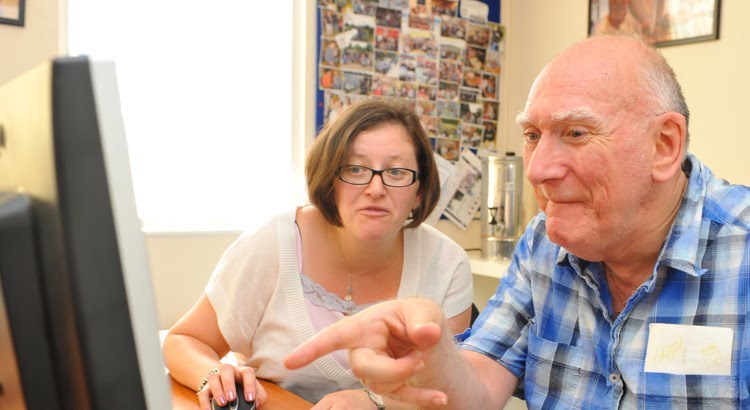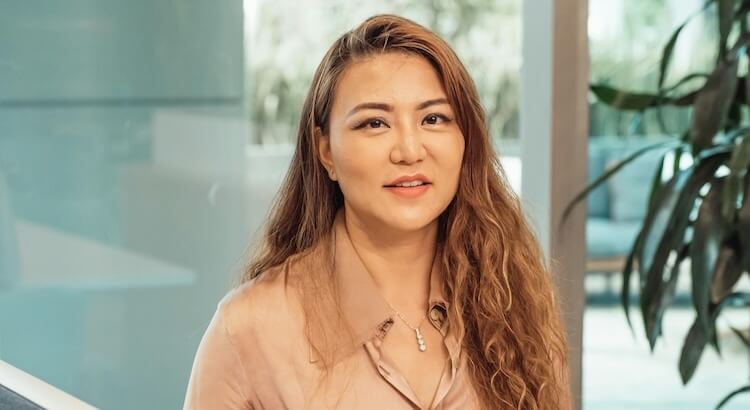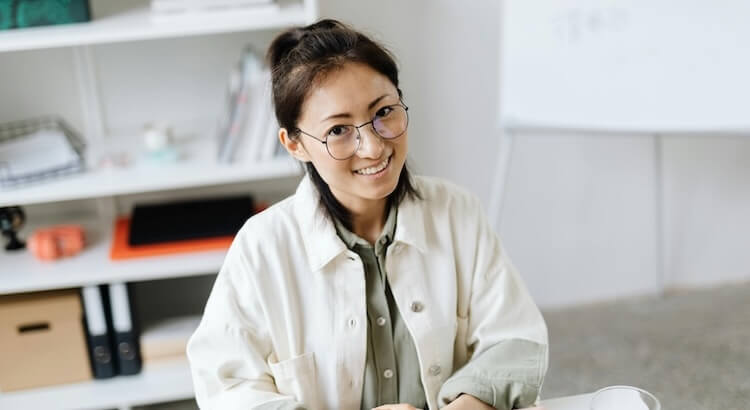Understanding 'Hard of Hearing': What It Means and How Captions Help
The term 'hard of hearing' describes people who face mild to severe trouble with hearing. According to the World Health Organization (WHO), over 1.5 billion people worldwide live with hearing loss (2021). This number is likely to climb, with an estimated 2.5 billion people projected to have some form of hearing loss by 2030 (WHO, 2021).
For many, closed captions for the deaf and hard of hearing offer an easy way to enjoy online content and stay part of today's fast-moving digital world.
What Are Captions?
Captions show the spoken words and important sounds from a video as text on the screen. Basically, captions provide viewers with hearing loss a way to access all spoken dialogue, music cues, and sound effects while watching shows, movies, and online clips.
- Captions help viewers know what is being said and heard in a video.
- They improve understanding, especially when speech is unclear or masked by background noise.
Before creating captions, professionals first transcribe the video. They then sync the text with speech and sounds, making sure viewers can read the captions at the right time. The result is a video that everyone can access equally.
Types of Captioning
There are several types of captions, each serving a unique need. Common types include:
- Open captions: Permanently visible on the video; viewers cannot turn them off.
- Closed captions: Viewers can choose to turn these captions on or off.
- Real-time captions: Created live for events like news broadcasts and meetings.
- Electronic newsroom captions: Produced from news scripts with the help of teleprompters for live newscasts.
- Edited captions: Condensed versions, focusing on summarizing the main ideas.
- Verbatim captions: Include every sound and word, such as laughter, music, or sound effects.
Closed Captions vs. Subtitles
Many people mix up closed captions and subtitles, but they serve different purposes:
- Subtitles translate dialogue, which helps viewers understand shows in a language they don't speak. Usually, they only include spoken words.
- Closed captions transcribe everything you hear—dialogue, music cues, background noise, and more. They are essential for viewers who are deaf or hard of hearing.
- In the United States, video creators are required by law to provide captions for many types of content.
To learn the details about how these differ, check out our subtitling services.
Laws and Captioning Requirements
Regulations help ensure that everyone has equal access to video content:
- The Americans with Disabilities Act (ADA) of 1990 defines captions as essential for people with disabilities.
- The Television Decoder Circuitry Act (1990) and Telecommunications Act (1996) require TVs to support captions and mandate that most TV programs offer captions.
- The Federal Communications Commission (FCC) enforces rules so cable and broadcast channels include captions that are accurate, complete, easy to read, and synchronized (FCC, 1998).
These regulations help people with hearing loss access information, news, and entertainment without barriers.
Important Statistics on Hearing Loss
Hearing loss is a widespread problem that impacts millions of lives every year. Here are some notable statistics provided by the WHO (2021):
- Over 1 billion young people are at risk for permanent hearing loss due to unsafe listening habits.
- Disabling hearing loss means a hearing loss of more than 35 decibels in the better ear. Around 80% of those affected live in middle- and low-income countries.
- Approximately 430 million people (over 5% of the world's population) need treatment or support for disabling hearing loss. About 34 million are children.
- By 2050, estimates suggest more than 700 million people—one out of ten worldwide—could have disabling hearing loss.
How Closed Captions Support People With Hearing Loss
Captions provide a vital text alternative for all sounds in a video. By including speech, music, sound effects, and even actions, captions make media enjoyable for viewers who are hard of hearing or deaf.
- Help people follow stories and understand key information.
- Allow everyone to enjoy videos and programs, regardless of their hearing abilities.
- Ensure fair access to news, education, and entertainment.
Without captions, people who have difficulty hearing may find it hard to stay informed or enjoy popular content, which could limit their participation in modern society.
The World Federation of the Deaf: Advocating for Equality
The World Federation of the Deaf (WFD) is a key global organization representing organizations and individuals from 113 countries. Founded in 1951, the WFD works to:
- Promote equal rights, including better access to sign language and education.
- Improve services and information access for deaf individuals worldwide.
- Host the World Congress of the World Federation of the Deaf every four years, bringing members together to plan for the future and celebrate cultural achievements.
Easy Captioning, Transcription, and More: How GoTranscript Can Help
Captions break down barriers and help millions of people participate in the media-rich world we enjoy today. At GoTranscript, we offer full solutions for captioning needs, including:
- Transcription services for converting audio and video into text.
- Automated transcription for quick, affordable turnaround.
- AI transcription subscription for regular, high-volume projects.
- Transcription proofreading services for better accuracy.
- Text translation services and audio translation to make your content available in more languages.
- Clear transcription pricing and captioning services pricing.
Ready to make your content accessible to everyone? Order transcription or order captions through GoTranscript and help audiences of all abilities join in the conversation.



















 Verified Order
Verified Order